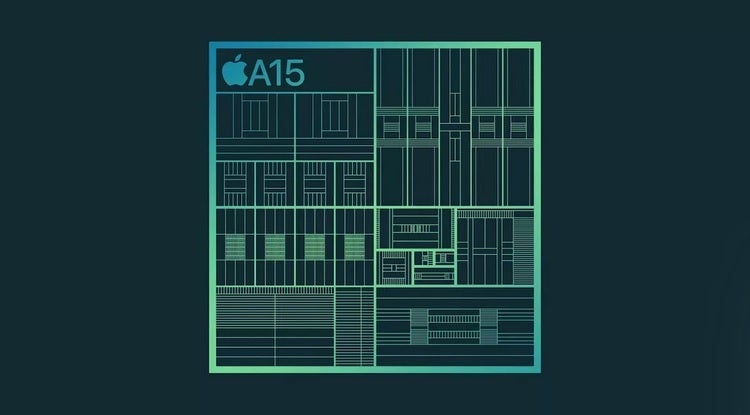Report: Apple’s A15 Bionic has no major CPU improvements, minimal gain in transistor density
Report blames a “brain drain” at Apple for the launch of a new chip with minimal CPU improvements
The report adds that Apple suffered a “brain drain” as the company has lost a number of important employees recently including the man who designed the company’s A-series chips from the A7 through A12X, Gerard Williams III. “Apple is clearly investing their transistor budget in the non-CPU aspects of the SoC,” said Semianalysis.
And while Apple cited a 40% improvement in performance for the new sixth-generation iPad mini which will be equipped with the A15 Bionic, this covers the improvement from the A12 Bionic chip that was used with the fifth-generation iPad mini. The new chip also is behind the 80% hike in GPU performance found with the new iPad mini.
Apple usually mentions how much of a boost in performance to expect from the new chipset it debuts every year in the iPhone. The comparisons that the company cited with the iPad mini are not very important since it is comparing its latest 2021 chip with one that is three years old. And with the improvements that are made every year in semiconductors, a lot can change in three years.
Apple failed to give its expectations of performance increases for the iPhone 13 line using the A15 Bionic SoC
The new ISP supports better photo and video algorithms and the improved display engine is required for the ProMotion 120Hz screen that updates the display 120 times per second. The system cache doubled to 32MB and the RAM chip has been improved to LPDDR5 from LPDDR4X.
Why the silence from Apple? According to SemiAnalysis, this was an intentional act by Apple. Instead of saying that the A15 Bionic’s CPU was 50% faster than last year’s A14 Bionic, Apple said that the CPU on the new chip was 50% faster vs. the competition, a nameless group of semiconductors from chip designers like MediaTek, Samsung, and Qualcomm. And the older chips used in Apple’s comparison will soon be replaced by faster chips from the “competition.”
For all the latest Technology News Click Here
For the latest news and updates, follow us on Google News.

